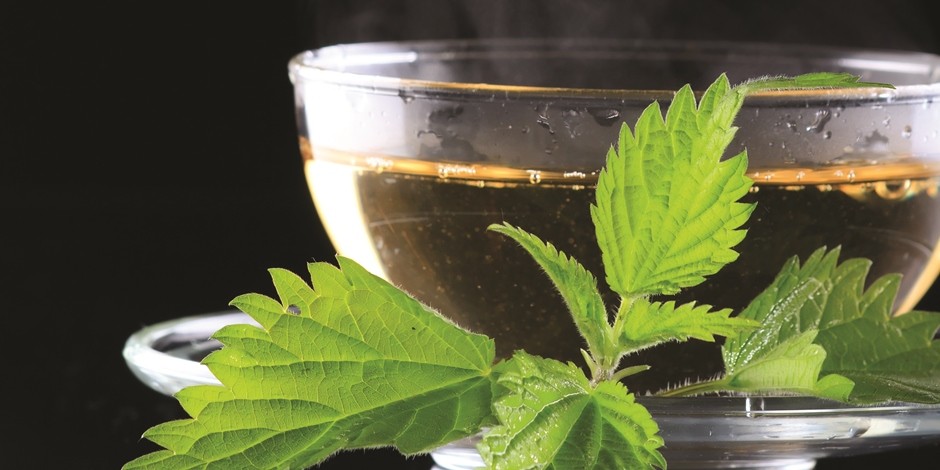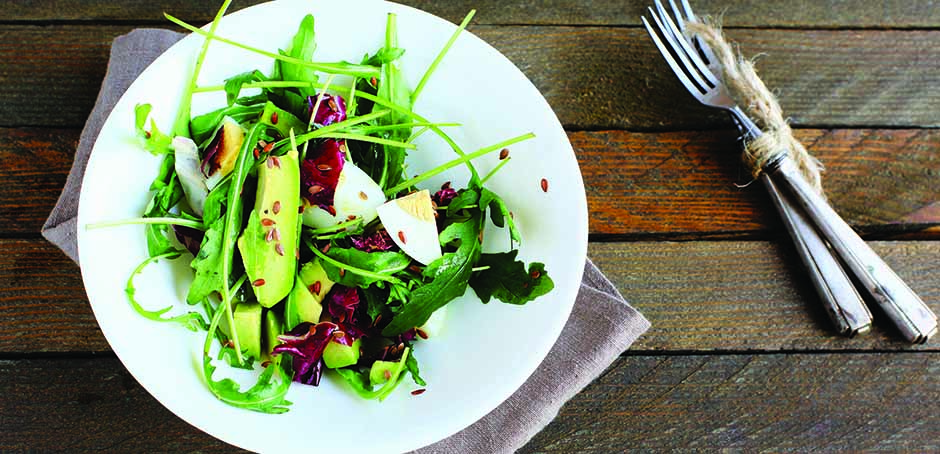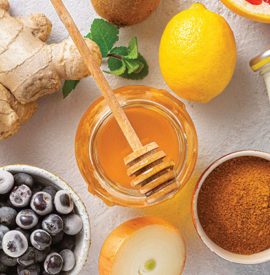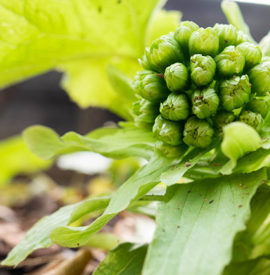Urtica dioica, better known as stinging nettle, is a perennial plant that grows wild all over the world and has a long medicinal and culinary history. One of many nettle varieties, the stinging nettle is so named because its leaves contain tiny, sharp hairs that can cause pain if handled without gloves or eaten raw. Once the leaves have been cooked or dried, the sting goes away, and they are safe to touch and eat.
Valued by native tribes in places such as Asia and the Americas for its astringent, anti-inflammatory, diuretic and tonic properties, stinging nettle has been used medicinally to treat arthritis, eczema and allergies and to promote lactation, boost the immune system and nourish the blood. It is high in vitamins A, C and K—an often overlooked but vital nutrient that helps your blood coagulate. In fact, a cup of freshly boiled, steeped or dried stinging nettles supplies nearly 600 percent of the recommended daily value of vitamin K. Nettles also supply B vitamins, which help your body use and make energy, and the minerals calcium, magnesium, potassium and iron; although, they also contain tannins and other iron inhibitors.
Nettle leaf can be harvested in the wild from forested areas and even along roadways or you can purchase it dried in bulk or packaged in capsules or tea.
Buy it! To support a healthy immune response to seasonal allergy stressors use Wish Garden’s liquid extract with nettle leaf.










Comments